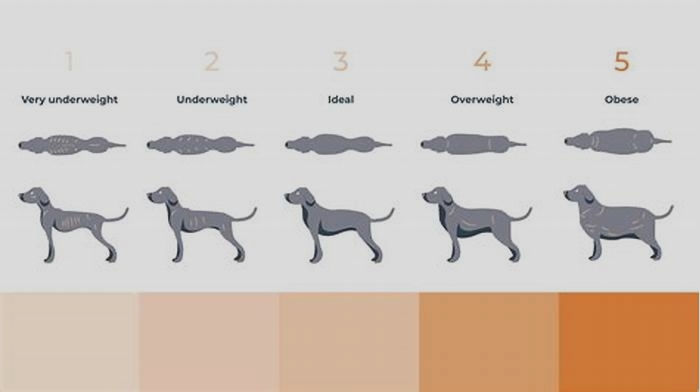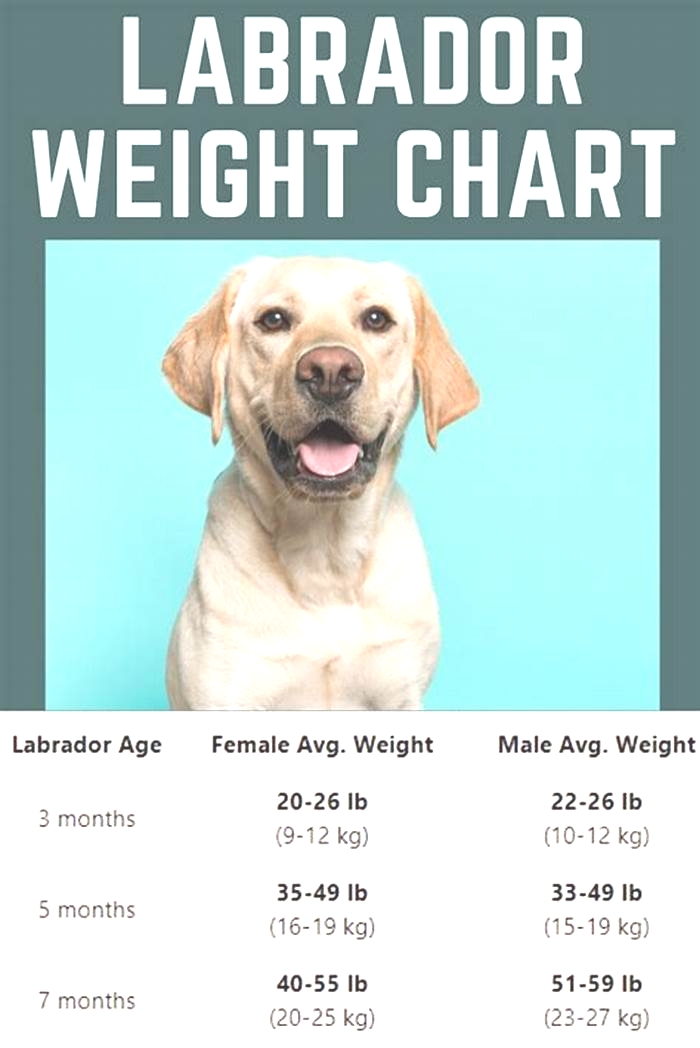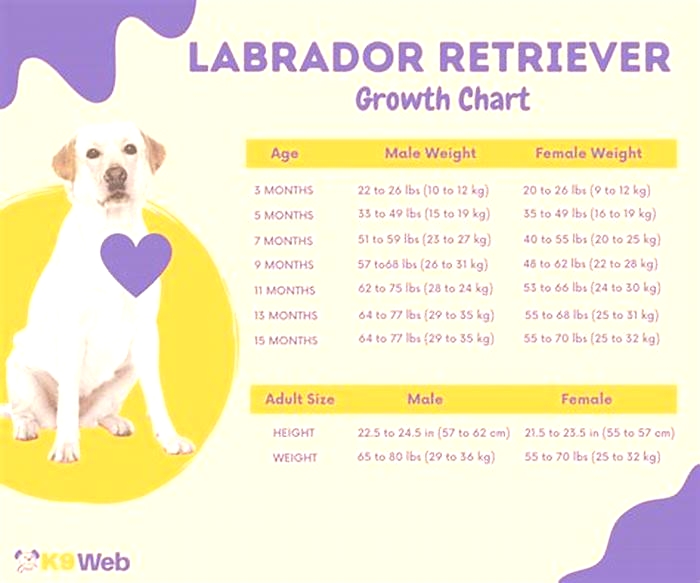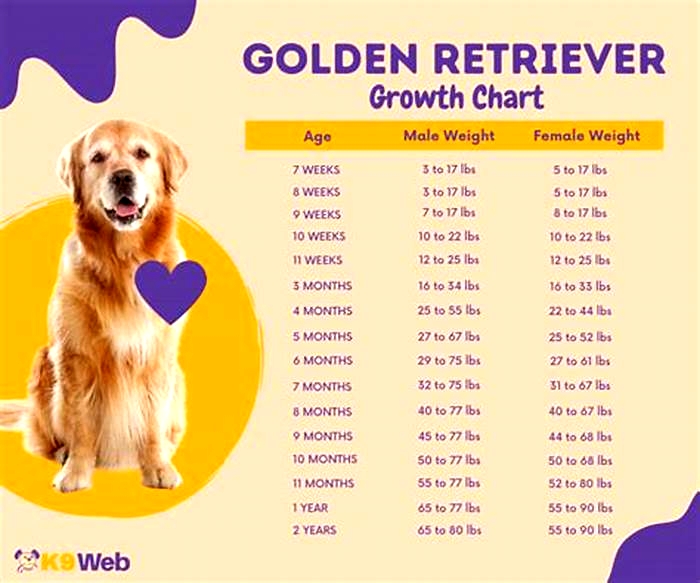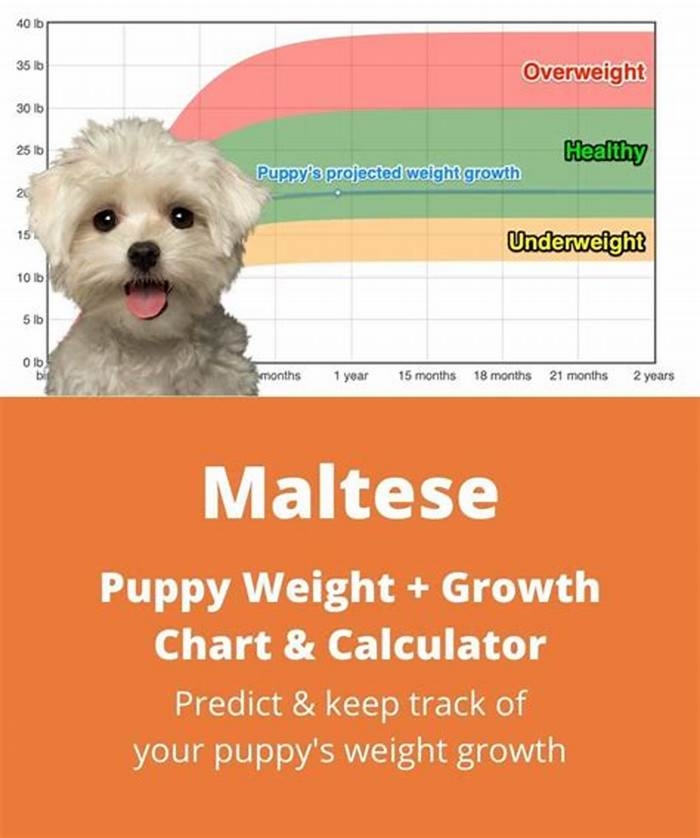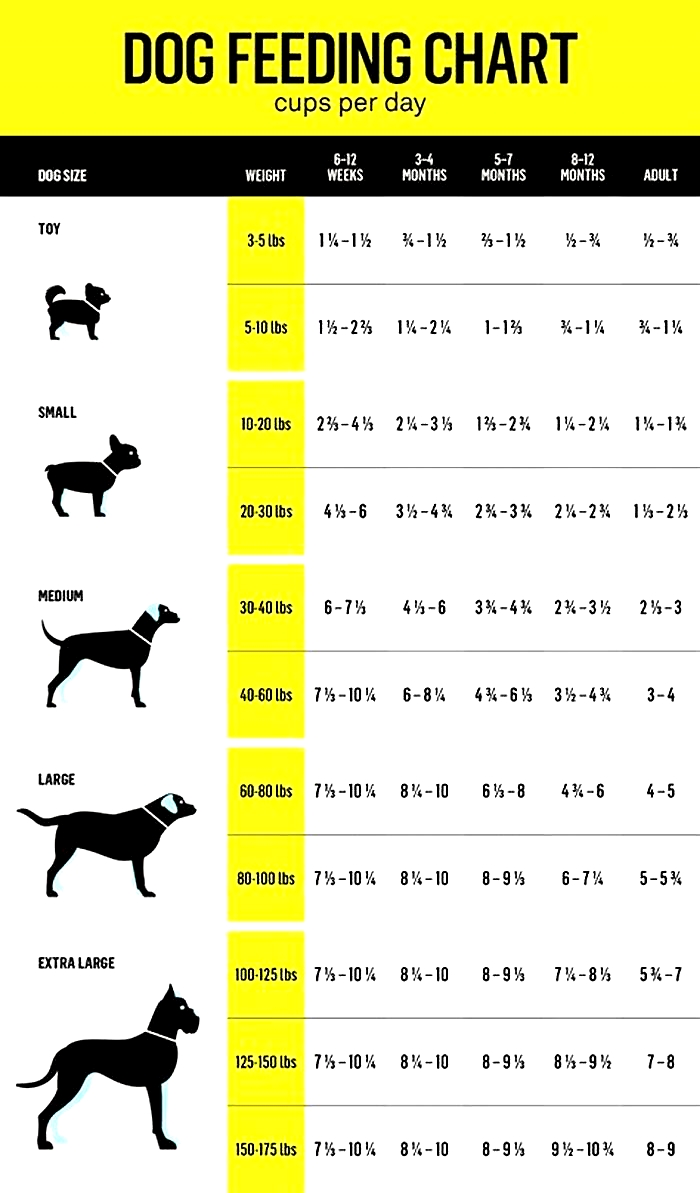What is ideal weight for Maltese
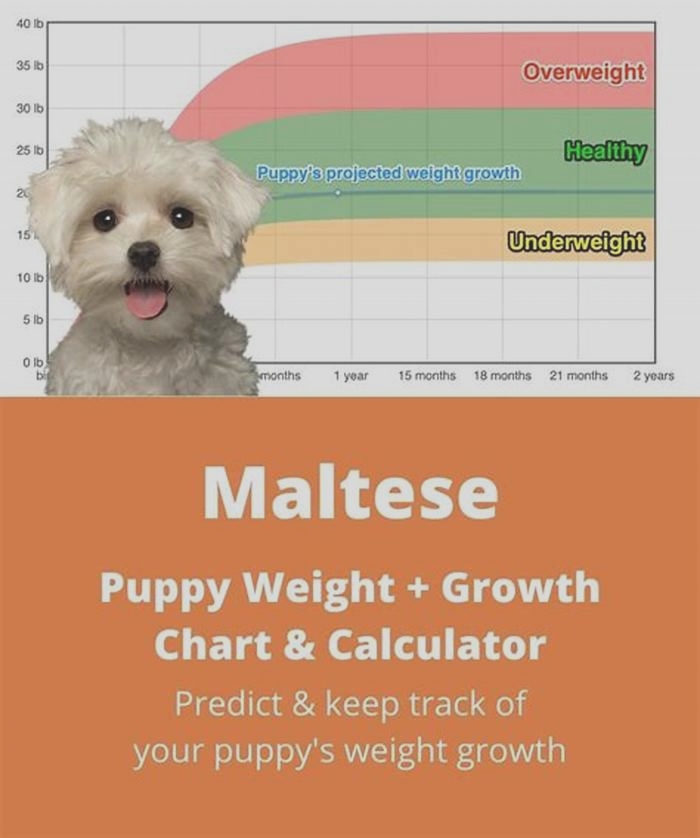
What Should Your Maltese Weigh? Heres a Maltese Weight Chart

If youre a pet parent, its understandable to worry about your fur babys weight. Whether youre wondering if your teeny pup is gaining weight as they should, or concerned that your adult pooch might be getting a bit podgy, being conscious of their weight is sensible. But how do you know whether your Maltese weighs what they should? Lets find out.
How much should a Maltese weigh?
Every dog is different, so theres no one size fits all rule for what any dog should weigh. However, breed standards allow us to estimate the size of an adult dog of that breed, as well as how tall they should be and their ideal weight.
Using the breed standard as a guideline, an adult Maltese terrier should weigh around 4lbs to 6lbs and should be 9 or 10 inches tall (shoulder height). Theres little difference between the weight of a male or female Maltese, but males tend to be slightly taller.
Maltese weight chart

Its important to note that pups may have different growth rates, so those that start small can easily catch up if they have a later spurt of growth.
Most Maltese dogs reach their adult weight at around 9 months of age. While you might expect a puppy with a low starting weight to reach a smaller adult size than a larger pup, this isnt always the case. Pups may have different growth rates, so those that start small can easily catch up if they have a later spurt of growth. The following table gives an example of the weights you might expect from your pup as they grow, but remember, its much more reliable to look at your pups body condition score, and you can always ask your veterinarian if youre not sure your pup is the right weight.
| Age | Small | Average | Large | |||
| oz | kg | oz | kg | oz | kg | |
| 8 weeks | 10 | 0.3 | 16 | 0.5 | 21 | 0.6 |
| 3 months | 17 | 0.5 | 25 | 0.7 | 33 | 0.9 |
| 4 months | 25 | 0.7 | 36 | 1 | 47 | 1.3 |
| 5 months | 32 | 0.9 | 54 | 1.5 | 58 | 1.6 |
| 7 months | 47 | 1.3 | 67 | 1.9 | 77 | 2.2 |
| Adult (9m) | 64 (4lbs) | 1.8 | 80 (5lbs) | 2.3 | 96 (6lbs) | 2.7 |
By the way, if youre looking for weight charts for other breeds, weve also written articles on the Shih Tzu weight chart and the Chihuahua weight chart!
How much dog food should I feed my Maltese?

Maltese puppies will need more frequent meals so that their blood sugar doesnt drop too low, while older dogs wont need so many calories.
Theres no universal guide for how much to feed your dog, no matter what breed they are. The amount you feed them should be based on their activity level, their age, their body condition score, and their current weight. For example, if your dog is overweight youll want to feed them the amount recommended for their target weight rather than their current weight. Similarly, Maltese puppies will need more frequent meals so that their blood sugar doesnt drop too low, while older dogs wont need so many calories. You can find out more about the principles of feeding puppies here. Some companies have created stage-of-life specific recipes that offer recipes formulated specifically for puppies and recipes formulated specifically for adult dogs. Feeding stage-of-life specific recipes helps ensure your dog is getting the optimal nutrition needed for the life stage they are in.
What dog food should I feed my Maltese to keep them healthy?

Note that good quality protein is essential for your dogs muscles, organs, and other tissues.
Regardless of the age of your Maltese, it can be beneficial to feed them a low carbohydrate diet. Not only does this keep their blood sugar more stable and help them stay trim, but it might also reduce inflammation in their body. This anti-inflammatory action is based on glucose being used in all inflammatory processes within the body, so lowering the amount of sugar or carbohydrate in your dogs diet, may make them healthier in more ways than one. Low carbohydrate dog food allows your dog to get energy and nutrition from other, more beneficial sources like healthy fats and protein. Good quality protein is essential for your dogs muscles, organs, and other tissues.
FAQ
What is a good weight for a Maltese?
An adult Maltese usually weighs between 4 and 6 lbs. However, every dog is different, and your Maltese could be healthy at a higher or lower weight. If youre concerned about whether your dog or puppy is a good weight, ask your veterinarian for advice.
Can a Maltese weigh 12 pounds?
Its very unusual for a Maltese to weigh more than 7 lbs. If your Maltese weighs 12 pounds they may be significantly overweight or a mixed breed. If youre worried that your Maltese is overweight, your veterinarian can help you calculate their body condition score.
Can a Maltese weigh 25 pounds?
A Maltese should not weigh 25 pounds if they are healthy. If your dog is a pedigree Maltese and weighs 25 pounds, then they are likely to be obese, which poses health risks like joint pain, heart disease, and diabetes.
How much should a 7-month-old Maltese weigh?
As a guide, a 7-month-old Maltese should weigh between 3 and 5 lbs. However, puppy growth rates are not uniform, so they are hard to predict. If you are concerned that your Maltese puppy isnt growing as they should speak to your veterinarian.
Maltese Growth & Weight Chart: Everything You Need To Know
Maltese is a charming, aristocratic dog breed that has been around for centuries. They are famous for their small size, adaptability, and stunning, floor-length coat. Despite their royal background, Maltese dogs are superstars on the agility course and can make excellent watchdogs. Initially bred on the Mediterranean island of Malta (hence the name), the breed was a luxury commodity sold alongside silks, gemstones, and spices to wealthy women around the world.
So as a breed designed for beauty and grace, just how big do Maltese dogs get? If youre the lucky pet parent to one of these sometimes stubborn but often charming showstoppers, you can use our Maltese weight chart to follow your puppys growth and development.
Heres everything you need to know about Maltese weight, size, and growth rate:
Pro Tip: New pet parents can be reimbursed for up to 90% of veterinary bills by signing up for a pet insurance plan. Compare Maltese health insurance options today to get peace of mind knowing that your Maltese pup will always have access to gold-standard veterinary care.
Maltese Weight Chart
| Birth Weight | 3.5 oz | 4 oz | 4.25 oz | 4.5 oz | 5.0 oz | 5.5 oz | 6 oz |
|---|---|---|---|---|---|---|---|
| 1 week | 5 | 6 | 7 | 8 | 9 | 9 | 10 |
| 2 weeks | 7 | 9 | 10 | 11 | 12 | 13 | 14 |
| 3 weeks | 9 | 11 | 13 | 14 | 16 | 17 | 18 |
| 4 weeks | 11 | 13 | 15 | 17 | 19 | 21 | 23 |
| 5 weeks | 13 | 15 | 17 | 19 | 22 | 24 | 26 |
| 6 weeks | 15 | 17 | 20 | 22 | 25 | 27 | 30 |
| 7 weeks | 17 | 19 | 22 | 24 | 27 | 30 | 33 |
| 8 weeks | 19 | 21 | 24 | 27 | 29 | 33 | 36 |
| 9 weeks | 20 | 23 | 28 | 29 | 32 | 35 | 39 |
| 10 weeks | 22 | 25 | 28 | 31 | 34 | 38 | 41 |
| 11 weeks | 24 | 27 | 31 | 34 | 37 | 40 | 45 |
| 12 weeks | 26 | 30 | 33 | 37 | 41 | 45 | 49 |
| 13 weeks | 28 | 32 | 36 | 40 | 44 | 49 | 53 |
| 14 weeks | 30 | 33 | 38 | 43 | 47 | 52 | 56 |
| 15 weeks | 32 | 37 | 41 | 46 | 51 | 56 | 60 |
| 16 weeks | 34 | 39 | 44 | 49 | 54 | 59 | 65 |
| 17 weeks | 36 | 41 | 46 | 51 | 57 | 62 | 67 |
| 18 weeks | 37 | 43 | 48 | 54 | 60 | 65 | 71 |
| 19 weeks | 39 | 44 | 50 | 56 | 62 | 67 | 72 |
| 20 weeks | 41 | 46 | 52 | 58 | 64 | 70 | 76 |
| 21 weeks | 42 | 48 | 54 | 60 | 66 | 72 | 78 |
| 22 weeks | 43 | 49 | 56 | 62 | 68 | 74 | 80 |
| 23 weeks | 44 | 50 | 57 | 64 | 70 | 76 | 82 |
| 24 weeks | 45 | 51 | 58 | 65 | 71 | 78 | 84 |
| 25 weeks | 46 | 52 | 59 | 66 | 72 | 79 | 85 |
| 26 weeks | 47 | 53 | 60 | 67 | 73 | 80 | 87 |
| Adult Weight | 3.5 lbs | 4 lbs | 4.5 lbs | 5 lbs | 5.5 lbs | 6 lbs | 6.5 lbs |
Maltese is a toy dog breed that grows to be less than seven pounds as an adult. Unlike many dog breeds, there is no noticeable difference between male and female Maltese sizes.
Please keep in mind that the above numbers are estimates of Maltese weight by age. Each puppy grows at its own pace, so dont worry if yours is slightly off the predicted range. Consult with your veterinarian if your puppy is significantly ahead or behind these figures or if you have other concerns about their growth.
At what age is a Maltese fully grown?
Most Maltese puppies will finish growing around six to eight months of age. As a toy dog breed, they reach their final weight and height much quicker than many dogs.

How big should a 6-month-old Maltese be?
A six-month-old Maltese puppy will be close to its full size and height. Some Maltese puppies will need a full eight months to complete their growth, while others may already be at their full size by six months old.
You can expect most Maltese puppies to weigh between 47 to 87 ounces at six months old. Most Maltese puppies will already be at their adult height at this age, typically between seven and nine inches tall.
Pro Tip: Download this new puppy checklist for must-know tips on puppy-proofing your home, setting up a vaccine schedule, bonding with your dog, and more.
How much bigger will my Maltese get?
You can estimate how much bigger your Maltese puppy will get using a few methods.
- Age. Begin with your Maltese puppys age. If they are less than six months old, they are probably still growing. After eight months, most Maltese puppies should be at their adult height and weight.
- Paw size. Next, take a look at your Maltese puppys paws. If their paws look oversized next to their body and legs, they are likely still filling out and growing.
- Genetics. Lastly, if you purchased your Maltese through a breeder, reach out to them about your puppys expected size. Based on your puppys parents, they should be able to provide you with a more exact weight and height estimate.
What is the size of a full-grown Maltese?
According to the American Kennel Club Official Maltese Breed Standards, an adult Maltese should weigh less than seven pounds and stand between seven to nine inches tall. Four to six pounds is considered the ideal weight for a Maltese, especially for pet shows.

How do I make sure my Maltese is healthy?
Maltese are stunning dogs with their black gumdrop noises, piercing black eyes, and floor-length coats. As beloved family members, our Maltese are precious to us, and they deserve the best. As purebred dogs, Maltese are more susceptible to genetic diseases. However, many genetic disorders can be prevented or minimized with preventative veterinary care, such as routine physical exams. During routine appointments, your veterinarian can screen your Maltese pup for any health problems and give you personalized advice on how to best care for your puppy and prevent future health problems.
According to the Veterinary Centers of America, the Maltese breed is prone to shaker syndrome, mitral valve disease, low blood sugar, and microvascular dysplasia. Shaker syndrome is prevalent in small, white dogs, like the Maltese. Shaker syndrome - a condition prevalent in small, white dogs - usually shows up during early adulthood as tremors. In severe cases, dogs may also experience problems with their vision or other neurologic defects due to the tremors. Fortunately, many dogs respond well to steroids commonly used to treat shaker syndrome.
Maltese Veterinary Costs
Routine veterinary care can help you prevent and minimize the impact of some genetic diseases on your pup. However, even with proper prevention and wellness care, most dogs will likely need veterinary treatment for illness or injury at some point during their life. Depending on the situation, the cost of a vet visit can quickly add up to thousands of dollars, but less than 20% of pet parents said they would be able to cover a $5,000 veterinary expense out-of-pocket. This could leave many pet owners in a pinch should their Maltese need costly veterinary care, which is why pet insurance is so critically important.
Pet insurance works by reimbursing you for up to 90% of out-of-pocket veterinary expenses for illnesses and accidents, which provides you with a safety net should the worst happen to your pup. You can gain comforting peace of mind knowing that your dog will have access to top-notch care at an affordable rate throughout the course of their life.

